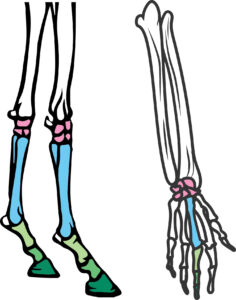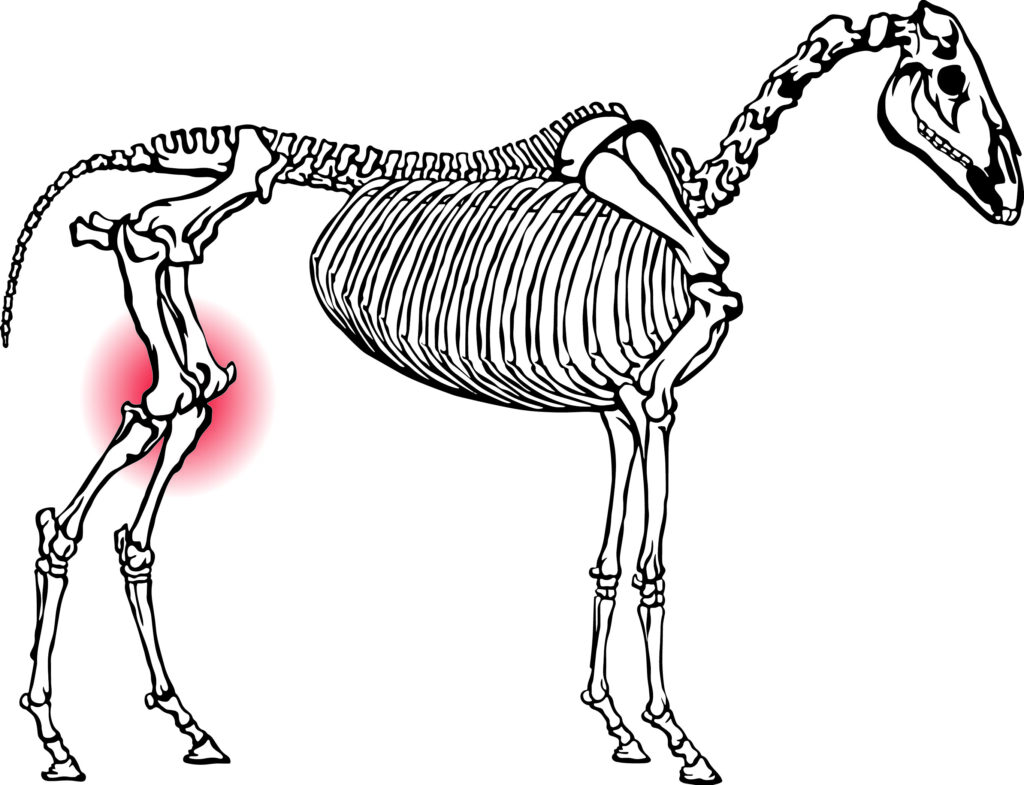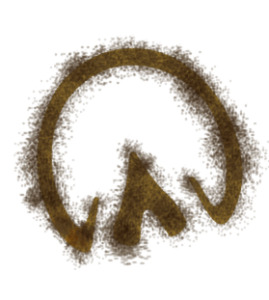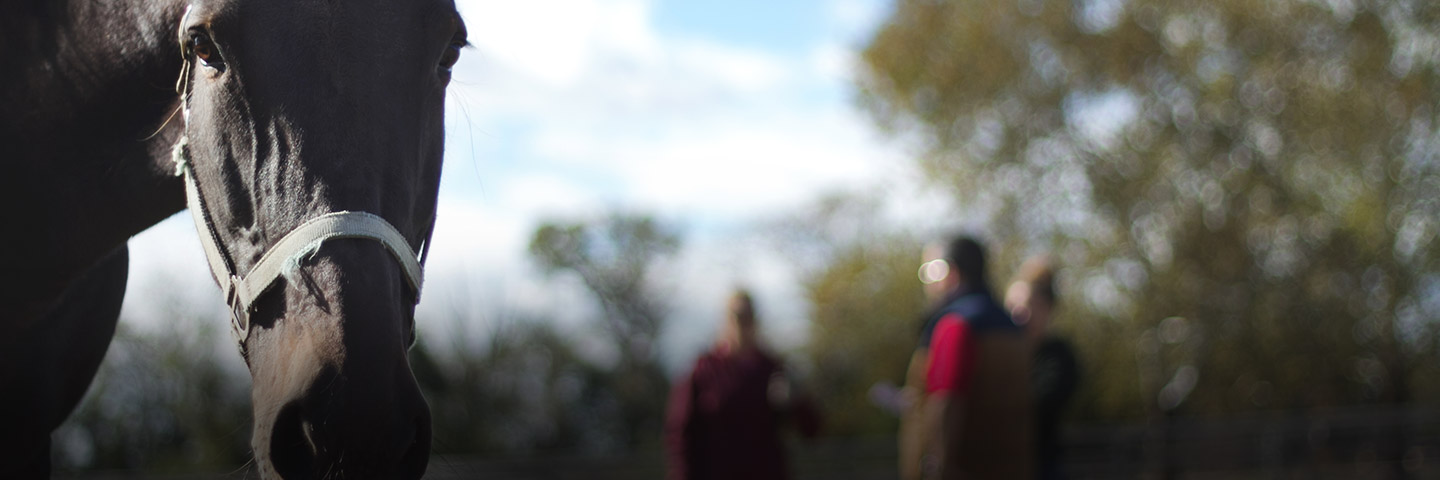Hay everyone!
It looks like Halloween is sneaking up on us this year! Lots of things come to mind when I think about the holiday, like treats, costumes, yummy treats, spooky monsters….did I mention treats? Check out my blog from last year to see how you can get your horse involved in some Halloween fun. As much as I would love to continue talking about snacks, I’ve got something else to talk about today: skeletons! They might sound spooky, but I guarantee you, there’s a lot more to them than just being a Halloween decoration.
Many of you might know this already, but both horses and humans are land mammals. That means that our skeletons are pretty similar at the most basic level. However, there are quite a few notable differences. For example, an adult human has 206 bones, and most horses have about 205. The number of bones in a horse can vary a little bit depending on the breed. Arabian horses have fewer bones in their spinal columns, and some might be missing a pair of ribs.

Lower Limbs
The reason that people are able to rotate their hands to face palm-up or palm-down is because of two bones: the radius and the ulna. Try it for yourself: hold out your arm and rotate your palm to the ceiling and then to the floor. You might be able to feel the two bones in your forearm cross over each other. In horses, these two bones are fused together and the rotation is prevented.
Did you know that horses are only standing on one finger? It’s true! The bones inside the hoof and lower leg are the same ones in your hand. The scientific name for the “coffin bone,” which sits inside the hoof, is the “distal phalanx.” The “middle phalanx” sits above it, and the “proximal phalanx” is on top of that one. These three bones correspond to the bones in your fingers from your fingertip up to your knuckle. Check out how the colors match between the equine forelimb and a human hand in the image on the right:
Sleeping Standing Up
I’m sure you’ve seen many horses standing in their pasture for a midday nap. It might not seem very relaxing for you, but for us it’s pretty effortless! This is because of a mechanism called the “stay apparatus.” It’s a set of muscles, tendons, and ligaments that work together so that a horse can stay standing with minimal muscular effort. Three of the limbs stay locked in place with this mechanism, allowing the fourth leg to rest. Each of the lower part of the limbs uses a “suspensory apparatus” to keep the joints in an extended position. When it comes to the upper part of the limbs, the back legs have a special ability. The horse will “lock” their patella (kneecap) on the top part of the stifle joint to prevent it from flexing. This means that the hock and stifle will remain extended with most of the horse’s weight on tendons and ligaments in the leg. The stifle joint is highlighted in red in the diagram below:

Collarbones
Lastly, horses are missing clavicle bones. More commonly known as “collarbones,” these bones connect the arms to the trunk in humans. Horses are lacking this bony connection, so they must rely on other means to stabilize their front limbs. Strong muscles connect the scapula (shoulder blade) to other bones, like the ribs and spine, to suspend the chest between the two front legs. These are also known as “sling muscles” and are very strong, especially in equine athletes.
I hope you enjoyed learning about the not-so-spooky skeleton inside your horse! Anatomy is certainly nothing to fear. Have a safe and happy Halloween!
Until next time.
Your friend,

Lord Nelson

